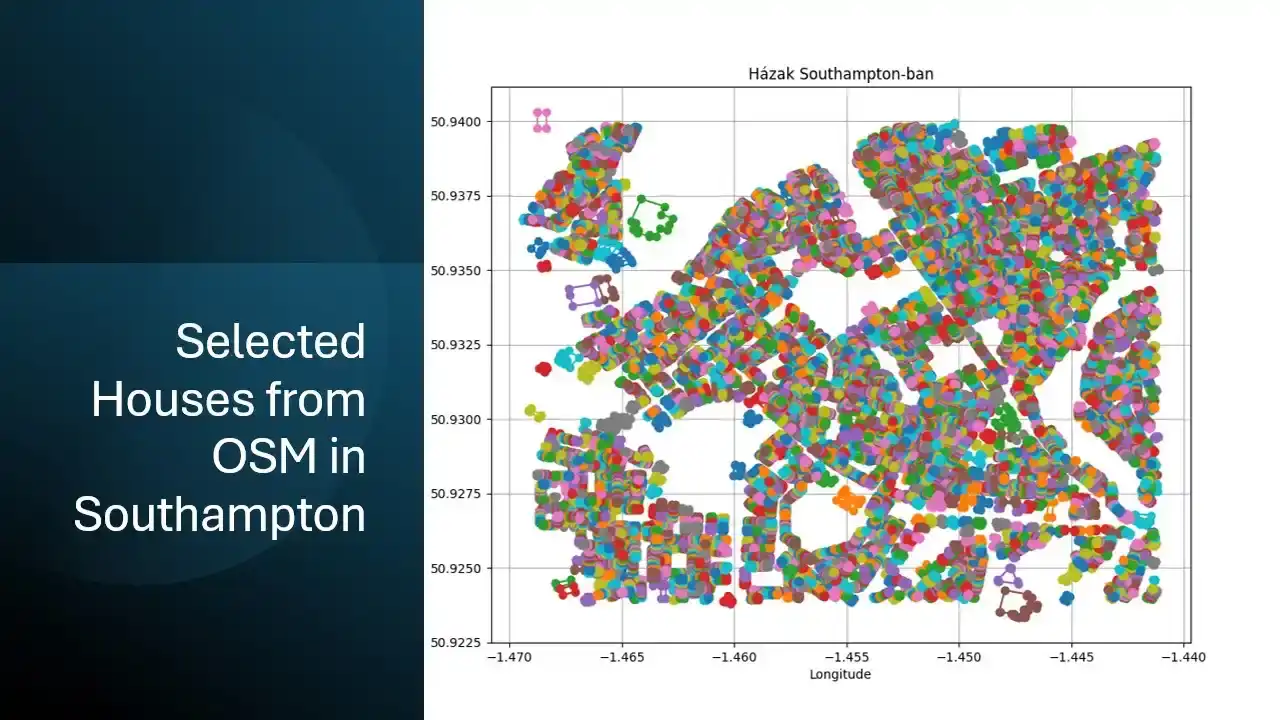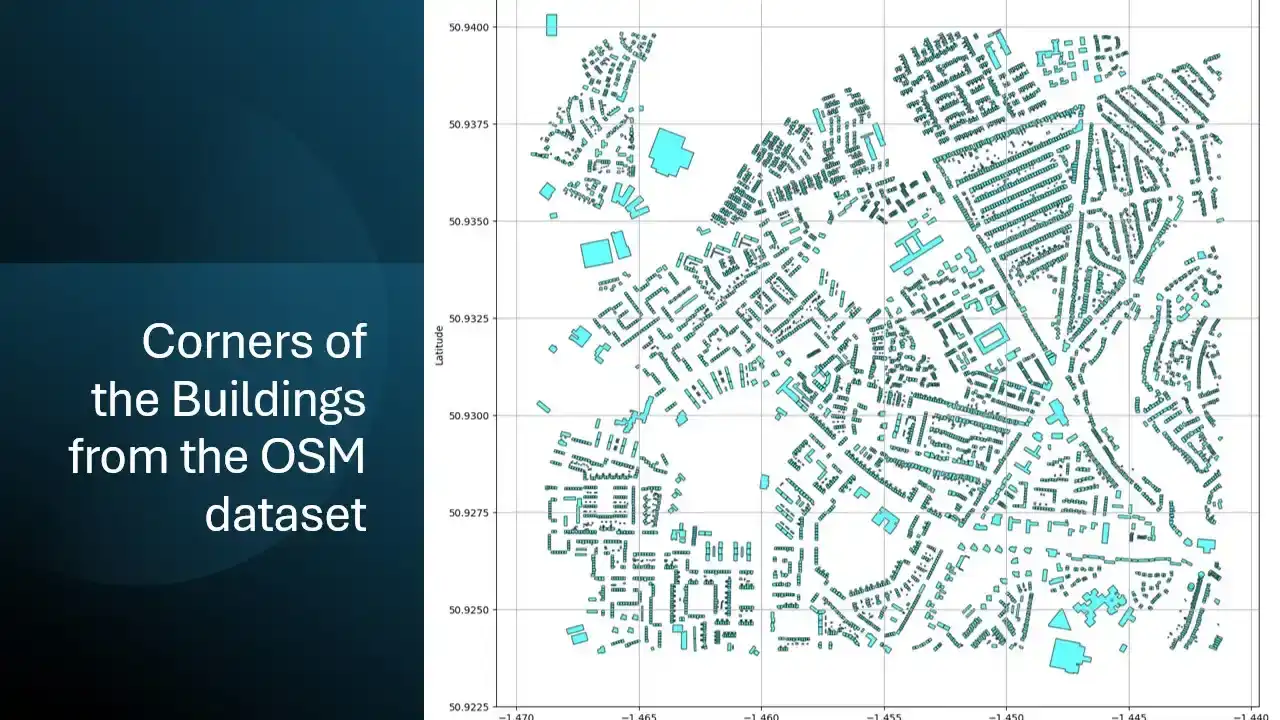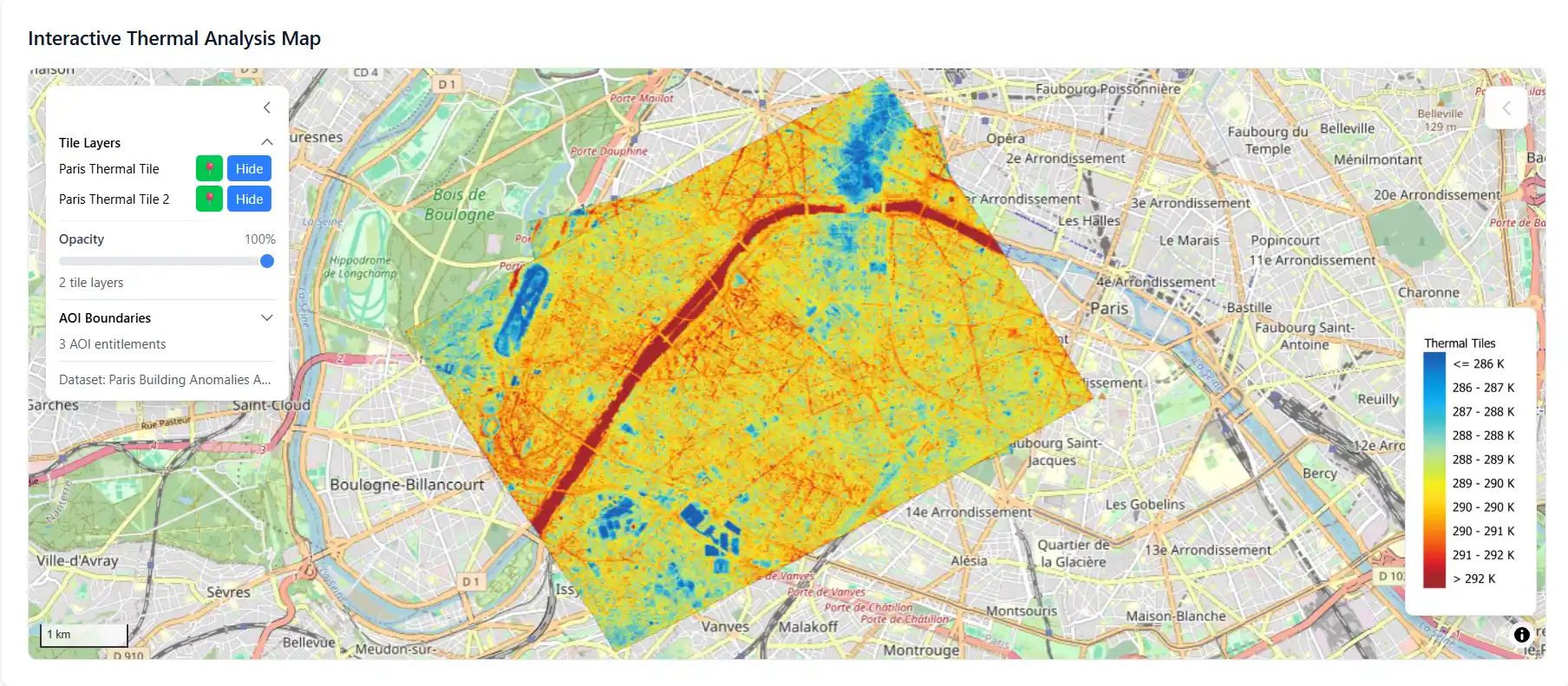Buildings are responsible for nearly 40% of global energy consumption, making energy efficiency a top priority for governments, businesses, and city planners. However, identifying buildings with excessive heat loss is a complex challenge. Traditional energy audits rely on manual inspections or drone-based surveys, both of which are expensive, time-consuming, and difficult to scale.
City governments require precise, building-specific thermal data to effectively allocate funds and prioritize renovations. Simultaneously, construction firms and material suppliers need accurate insights to offer targeted energy-efficient solutions. The project's central challenge was to develop an automated, scalable solution that delivers actionable insights into urban heat loss, supporting cost-efficient retrofitting and CO₂ reduction efforts.







